Implications of Mixing Chlorine with Hydrogen Peroxide
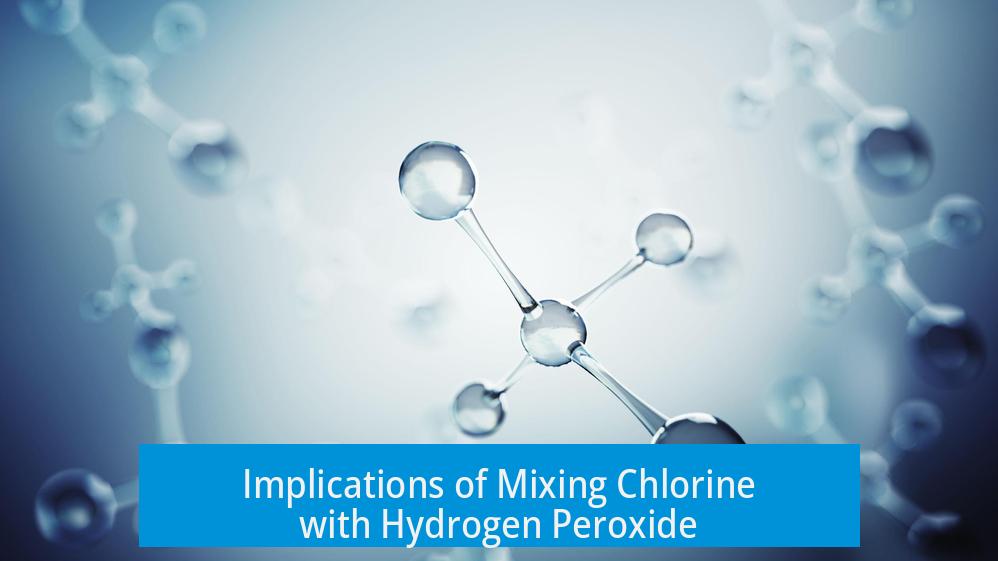
Mixing chlorine with hydrogen peroxide produces oxygen and water rapidly but offers no increased disinfectant power and poses safety risks under certain conditions. This chemical interaction is notable but requires caution and specific handling.
Chemical Reaction and Products
When chlorine and hydrogen peroxide combine, they react quickly. This reaction generates oxygen gas (O2) and water (H2O). The oxygen release can be vigorous but depends on quantities and conditions.
Safety Concerns
- Oxygen buildup is unlikely to cause explosions unless:
- Large volumes are mixed
- The mixture is sealed under pressure
- Leaks encounter flames or combustible materials
- Oxygen-enriched environments increase fire risks
- Handling in open, ventilated areas reduces hazards
Practical Use and Effectiveness
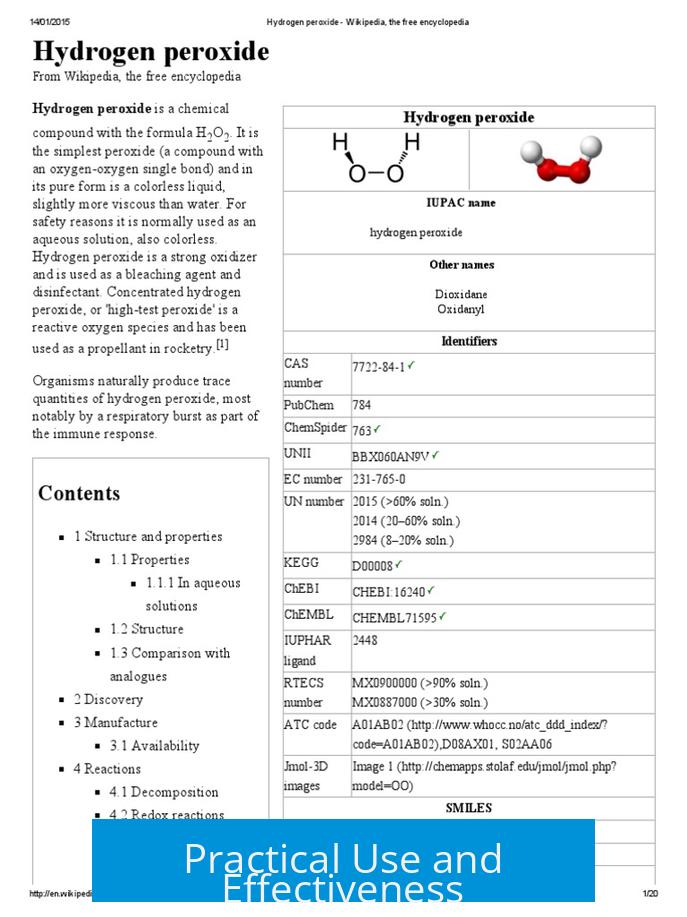
Combining these chemicals does not improve cleaning or disinfecting performance. Using either chlorine-based disinfectants or hydrogen peroxide is more effective and safer on its own.
Hydrogen peroxide alone can serve as a disinfectant, eliminating the need to mix it with chlorine.
Applications in Water Treatment
Hydrogen peroxide is employed to remove chlorine from water during some treatment processes. This controlled chemical relationship differs from mixing the chemicals directly for household use.
Risk of Accidental Mixing with Other Chemicals
Care is critical when handling household chemicals. For example, accidentally combining hydrogen peroxide residues with vinegar can cause dangerous reactions. Users must avoid mixing incompatible substances.
Combined Use in Commercial Products
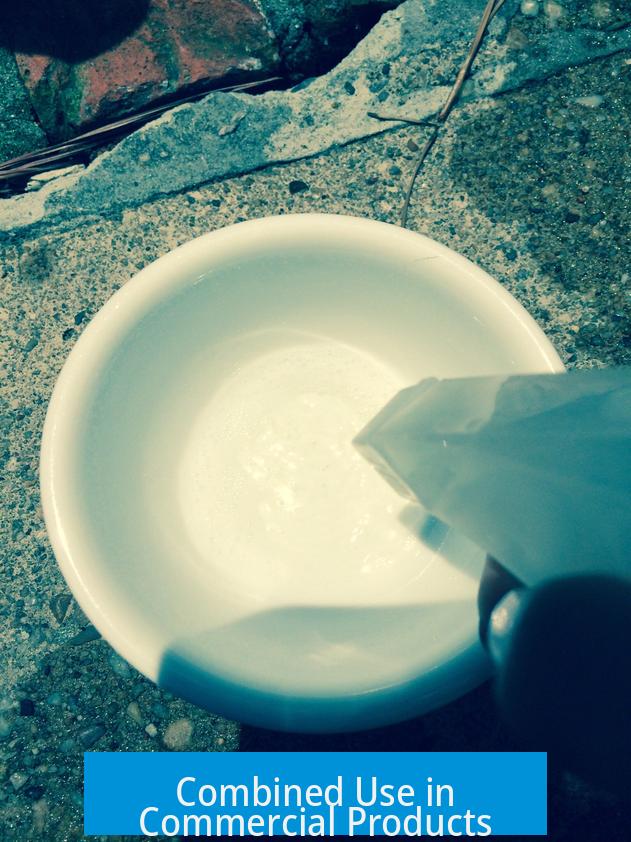
Some shower cleaning products contain both chlorine and hydrogen peroxide in controlled formulas. These products are designed for safety and effectiveness by manufacturers.
Alternative Recommendations
For pool sanitation, saltwater systems with chlorine generators offer a safer, cost-effective method without chemical mixing risks.
| Aspect | Details |
|---|---|
| Reaction Products | Oxygen gas and water via rapid reaction |
| Explosion Risk | Minimal unless mixed in large, pressurized batches near ignition sources |
| Disinfectant Effectiveness | No improvement when combined vs. separate use |
| Water Treatment Role | H2O2 dechlorinates water but rarely mixed directly with chlorine |
Key Takeaways
- Mixing chlorine and hydrogen peroxide releases oxygen and water fast.
- Sparking explosions are rare without high pressure and flames.
- The mixture does not enhance disinfectant effectiveness.
- Controlled commercial products may contain both safely.
- Accidental mixing with other chemicals can be hazardous.
- Safer alternatives exist such as chlorine generators for pools.
What Are the Implications of Mixing Chlorine with Hydrogen Peroxide?
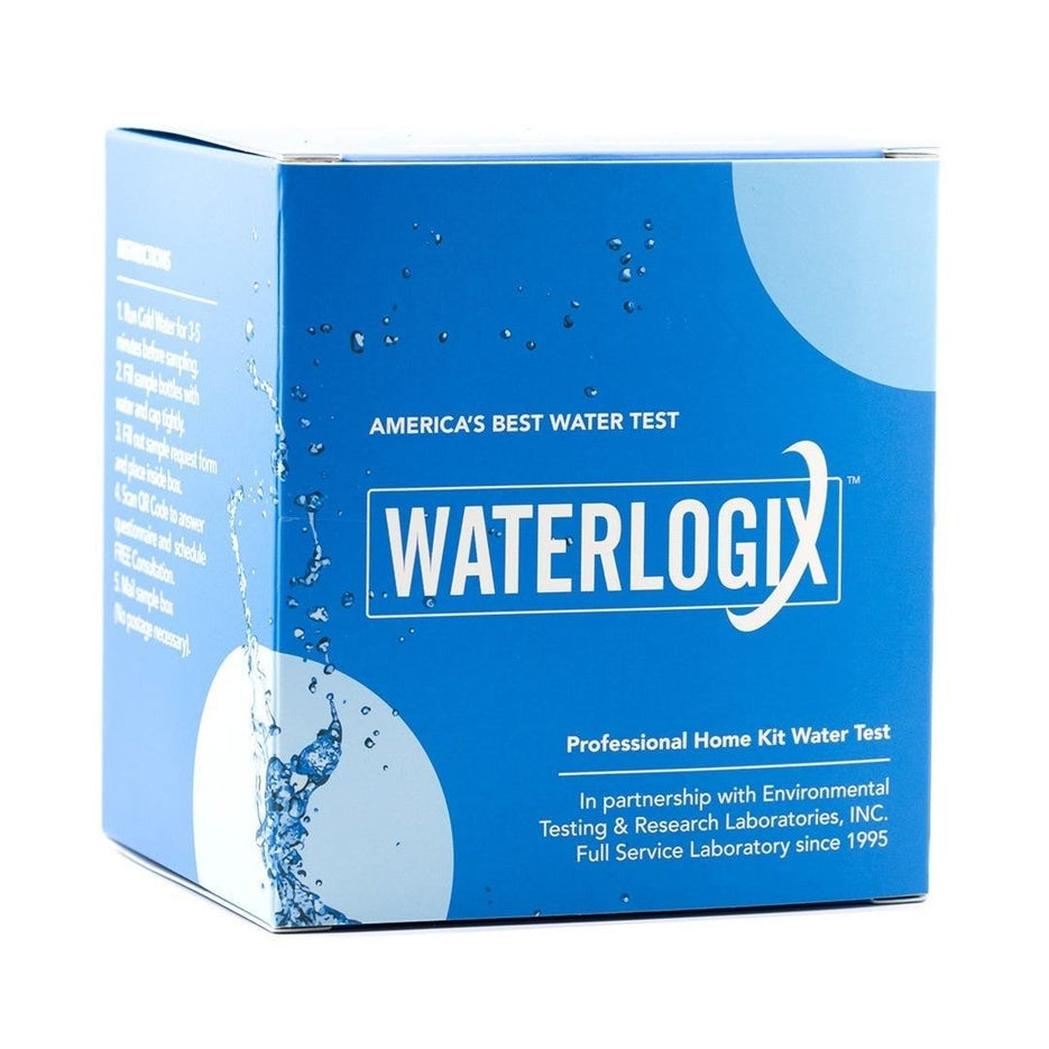
Mixing chlorine with hydrogen peroxide creates a rapid chemical reaction producing water and oxygen gas. That’s the straight-up scientific answer. But what does that mean for everyday people who might be tempted to combine these common cleaning agents? Let’s unpack this carefully, and with a splash of humor so you don’t freak out or try anything crazy at home.
First up, yes, chlorine and hydrogen peroxide do react quite fast when mixed. The reaction breaks down both chemicals, releasing oxygen and leaving behind harmless water. This might sound like a nifty way to generate oxygen quickly, but the reality is less dramatic unless you’re playing chemical wizard in huge lab-scale experiments.
The Science Bit: Oxygen Bubbles Galore!
The reaction is essentially:
Chlorine + Hydrogen Peroxide → Water + Oxygen
That oxygen isn’t floaty, mystical fairy dust. It’s a gas that rises quickly, bubbling out of the mix. This reaction is sometimes used to produce oxygen in controlled environments. But here’s the kicker: you won’t get enough oxygen to create a dangerous explosion unless you mix very large quantities, trap the oxygen under pressure, and have a combustible ignition source nearby.
So, normal household mixing? Not explosive. Large-scale industrial applications? You better watch out.
Is Mixing Them More Effective for Cleaning?
Many of us carry around a spray bottle wars arsenal of cleaners, so you might wonder if mixing chlorine bleach with hydrogen peroxide makes a super-disinfectant. Spoiler alert: It doesn’t.
Combining these two doesn’t boost their disinfectant power. Actually, it may just waste your cleaning products and risk unintended reactions. Both are effective disinfectants alone. Just pick one. Chlorine bleach is excellent for sanitizing surfaces and killing germs. Hydrogen peroxide is lighter and less smelly — but also good at disinfecting.
If it’s about simplicity and safety, why not dispense with the chemistry experiments at home? Use them separately, depending on the job.
Water Treatment and Why Direct Mixing Isn’t Common
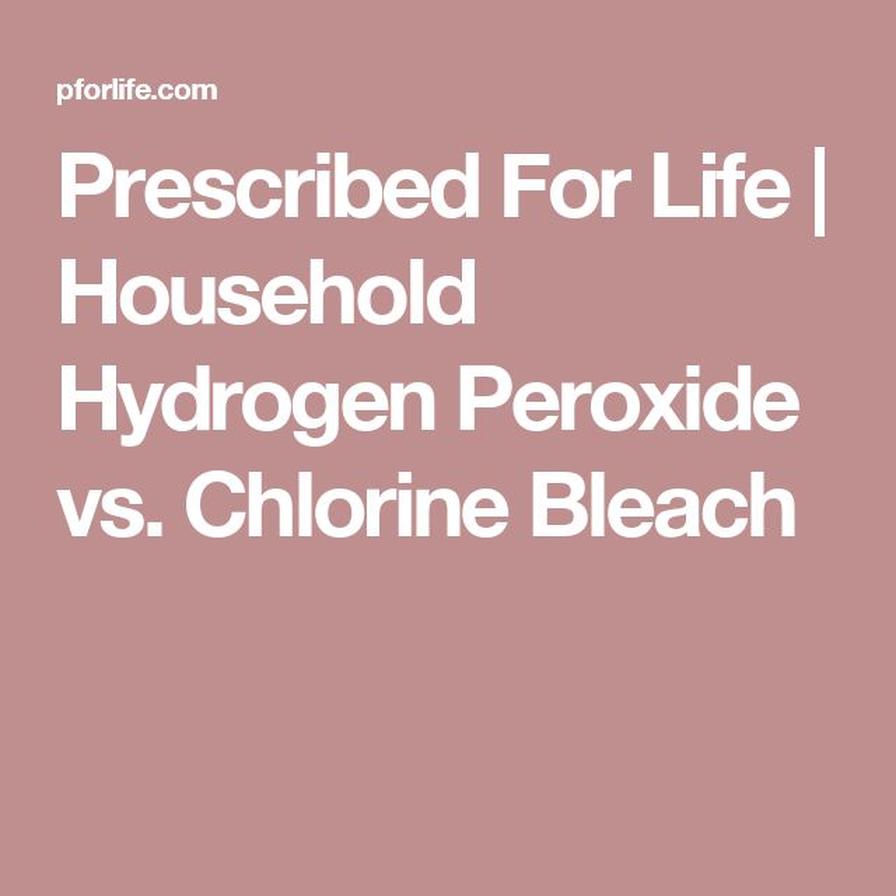
Interestingly, in water treatment plants, hydrogen peroxide is used to remove chlorine from water, not combine with it. It acts as a dechlorinator. So even the experts don’t usually blend them directly for cleaning or disinfection. Instead, they use each chemical sequentially, harnessing their strengths in controlled doses.
That same Lenntech site you might bump into during your late-night Googling says it very plainly: They use hydrogen peroxide in big water systems to mop up chlorine before water goes to consumers. Two strong players on the stage, but not dancing at the same time.
What About Shower Cleaners?
You might have seen products marketed as containing both chlorine and hydrogen peroxide for shower cleaning. Yes, such formulations exist. It suggests that when carefully controlled by professionals, combining these can create a potent cleaner that tackles soap scum, mold, and bacteria effectively.
This controlled use shows the chemistry is not forbidden territory but more like a carefully choreographed dance. DIY mixing? Not recommended.
Safety First: Unexpected Mess-Ups Can Be Dangerous
Ever had that moment when you grab a cleaning rag soaked in hydrogen peroxide to wipe up a vinegar spill? Sounds harmless until some unexpected chemical tango starts producing something volatile or irritating.
That’s why mixing cleaning substances without knowing exactly what you’re doing is risky. Beyond chlorine and hydrogen peroxide, some combinations create toxic gases or dangerous reactions on the spot. So, the golden rule: Don’t mix cleaners unless the label says it’s safe and you know what’s happening.
Better Alternatives Than Mixing Chemicals
Instead of playing chemistry in your kitchen, consider smart alternatives. Thinking long-term and practical, a saltwater tub paired with a chlorine generator (costing around $200–300) offers a safe and effective way to maintain pool hygiene.
This method produces chlorine steadily without the need to juggle chemicals. Plus, with saltwater pools, you get fewer harsh odors, softer skin after swims, and less risk of accidental chemical mixing disasters.
So, What Should You Remember?
- Mixing chlorine with hydrogen peroxide produces oxygen and water quickly. But it poses minimal risk unless you handle large batches in enclosed spaces with ignition sources.
- It doesn’t boost cleaning power. Use chlorine or hydrogen peroxide separately for disinfecting.
- Hydrogen peroxide is used to remove chlorine in water treatment, not mix. Experts keep them apart strategically.
- Chemical mixing at home can be dangerous. Avoid blending cleaners without expert advice.
- Shower cleaners combining these substances are safe only in controlled formulations.
- Consider safer, practical alternatives like saltwater pools and chlorine generators.
Before you reach for that combining bottle, ask yourself: Is it really worth the risk and effort? Sometimes simple is smarter.
Now that you know what happens when chlorine and hydrogen peroxide party together, will you keep them apart or experiment? Surely, knowing the facts saves you from an unexpected clean-up or worse.
What happens chemically when chlorine is mixed with hydrogen peroxide?
They react quickly to form water and oxygen gas. This reaction releases oxygen fast but does not create new disinfecting properties.
Is there a risk of explosion from mixing chlorine and hydrogen peroxide?
An explosion is unlikely unless large amounts are mixed, sealed under pressure, and an ignition source is nearby. Small household mixes don’t pose this risk.
Does mixing chlorine with hydrogen peroxide improve cleaning or disinfecting?
No. Combining them does not boost effectiveness. Using either chlorine or hydrogen peroxide alone is simpler and equally effective for cleaning.
Can hydrogen peroxide be used to remove chlorine from water?
Yes. In water treatment, hydrogen peroxide is added to break down and dechlorinate water, showing a beneficial chemical interaction without direct mixing for cleaning.
Are there safer alternatives to mixing chlorine and hydrogen peroxide for pool sanitation?
Yes. Saltwater systems with chlorine generators offer a safer, easier way to maintain pools without mixing chemicals like chlorine and hydrogen peroxide.


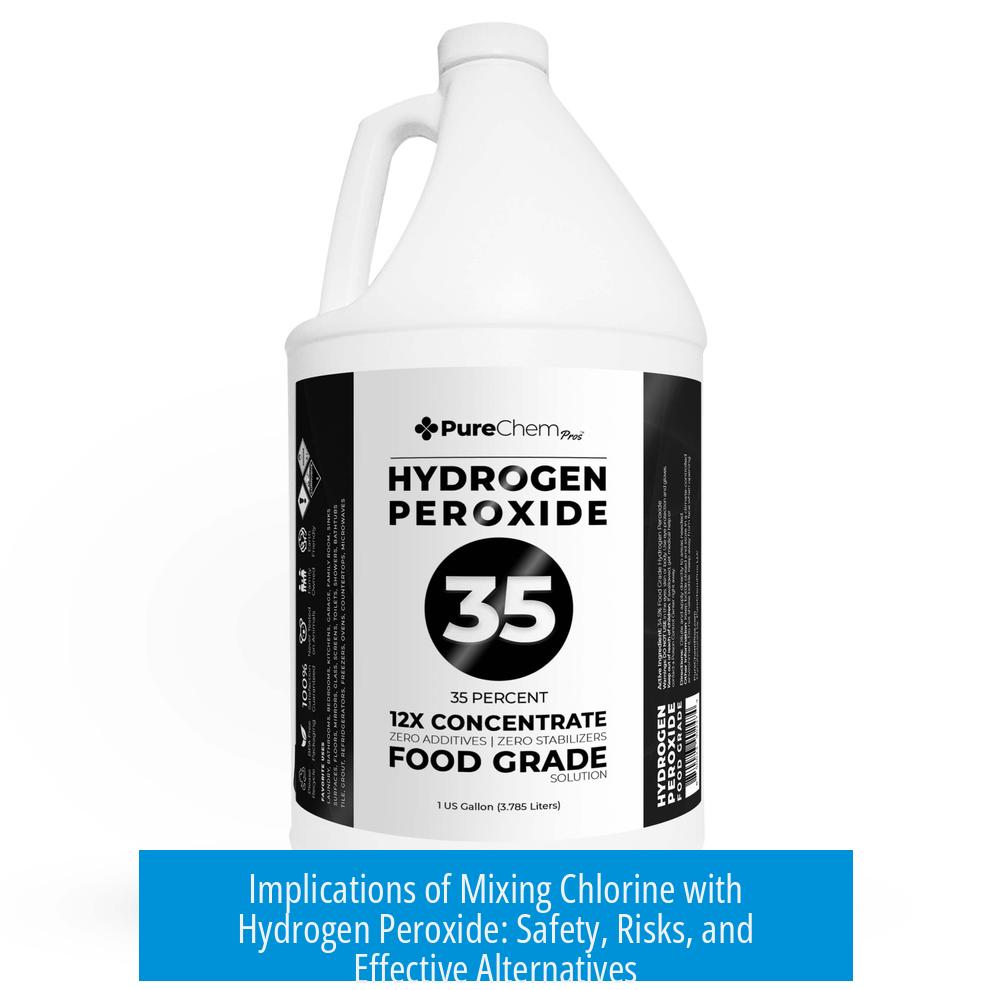


Leave a Comment